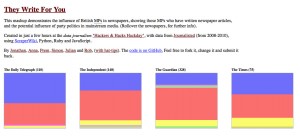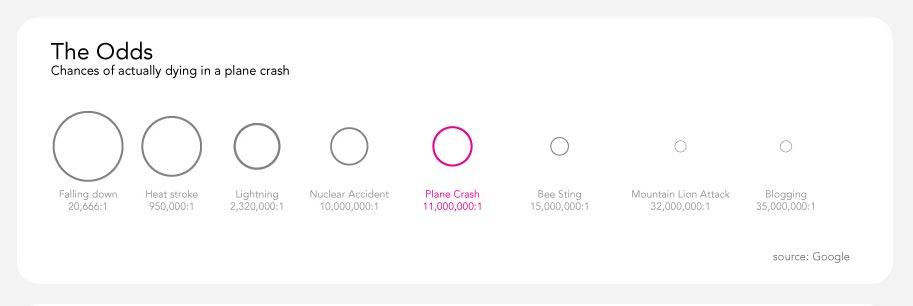Martin Belam, information architect for the Guardian and CurryBet blogger, reports from today’s Linked Data meet-up in London, for Journalism.co.uk.
You can read the first report, ‘How media sites can use linked data’ at this link.
There are many challenges when using linked data to cover news and sport, Silver Oliver, information architect in the BBC’s journalism department, told delegates at today’s Linked Data meet-up session at ULU, part of a wider dev8d event for developers.
Initally newspapers saw the web as just another linear distribution channel, said Silver. That meant we ended up with lots and lots of individually published news stories online, that needed information architects to gather them up into useful piles.
 He believes we’ve hit the boundaries of that approach, and something like the data-driven approach of the BBC’s Wildlife Finder is the future for news and sport.
He believes we’ve hit the boundaries of that approach, and something like the data-driven approach of the BBC’s Wildlife Finder is the future for news and sport.
But the challenge is to find models for sport, journalism and news
A linked data ecosystem is built out of a content repository, a structure for that content, and then the user experience that is laid over that content structure.
But how do you populate these datasets in departments and newsrooms that barely have the resource to manage small taxonomies or collections of external links, let alone populate a huge ‘ontology of news’, asked Silver.
Silver says the BBC has started with sport, because it is simpler. The events and the actors taking part in those events are known in advance. For example, even this far ahead you know the fixture list, venues, teams and probably the majority of the players who are going to take part in the 2010 World Cup.
News is much more complicated, because of the inevitable time lag in a breaking news event taking place, and there being canonical identifiers for it. Basic building blocks do exist, like Geonames or DBpedia, but there is no definitive database of ‘news events’.
Silver thinks that if all news organisations were using common IDs for a ‘story’, this would allow the BBC to link out more effectively and efficiently to external coverage of the same story.
Silver also presented at the recent news metadata summit, and has blogged about the talk he gave that day, which specifically addressed how the news industry might deal with some of these issues:

